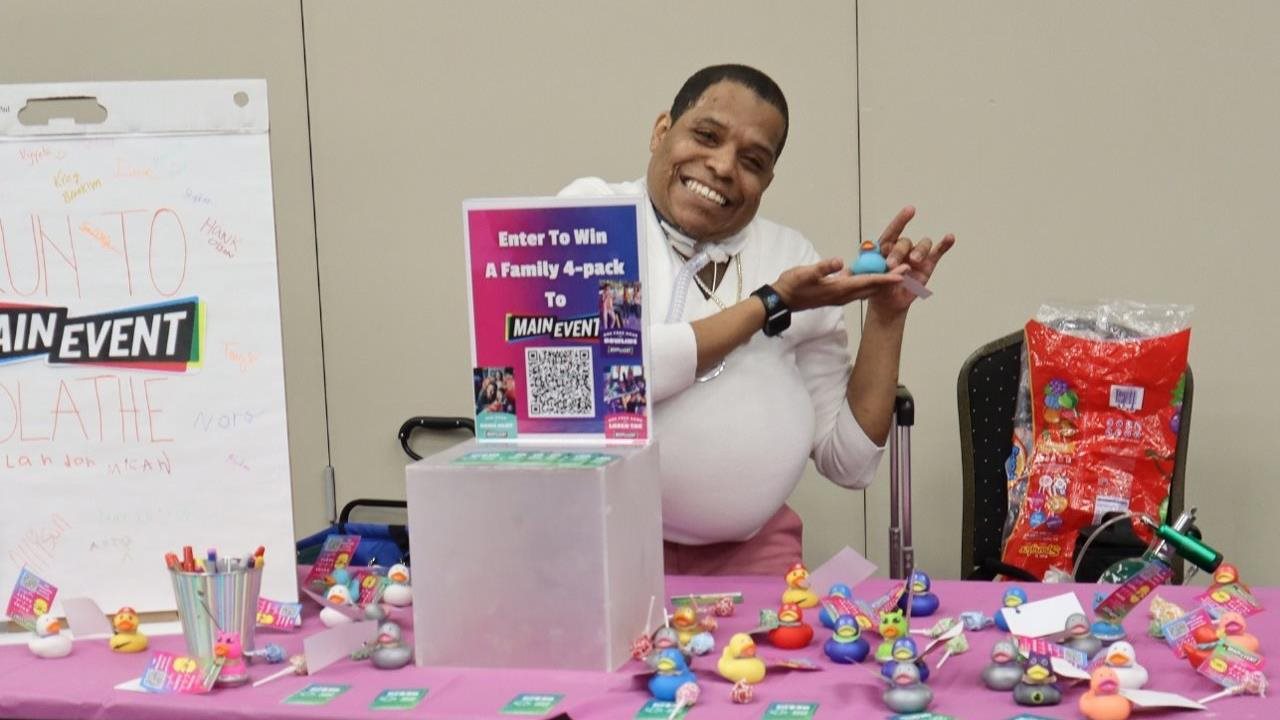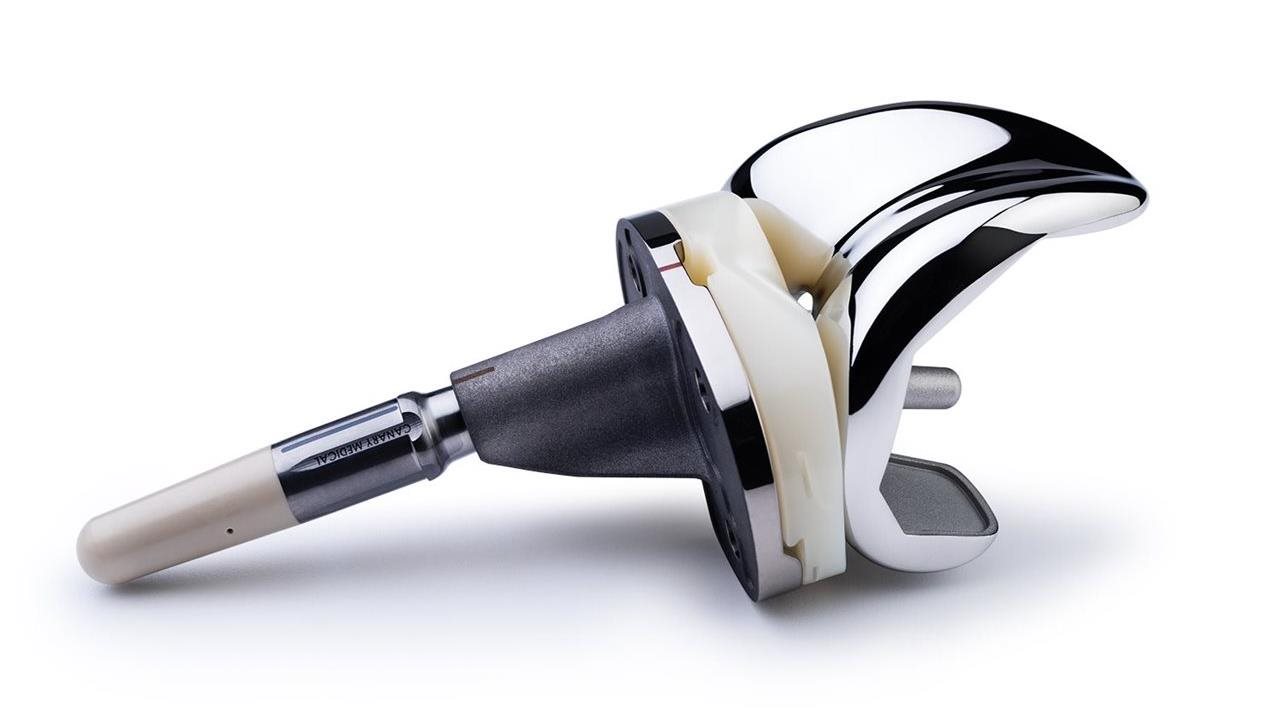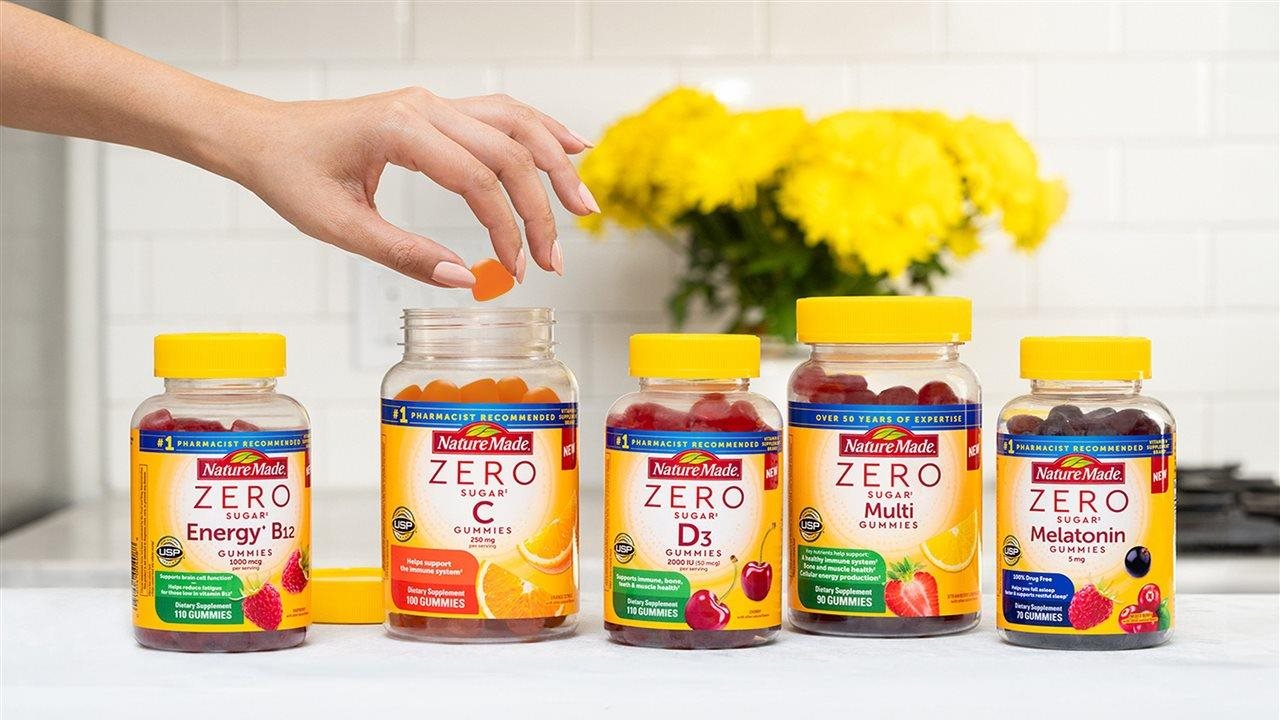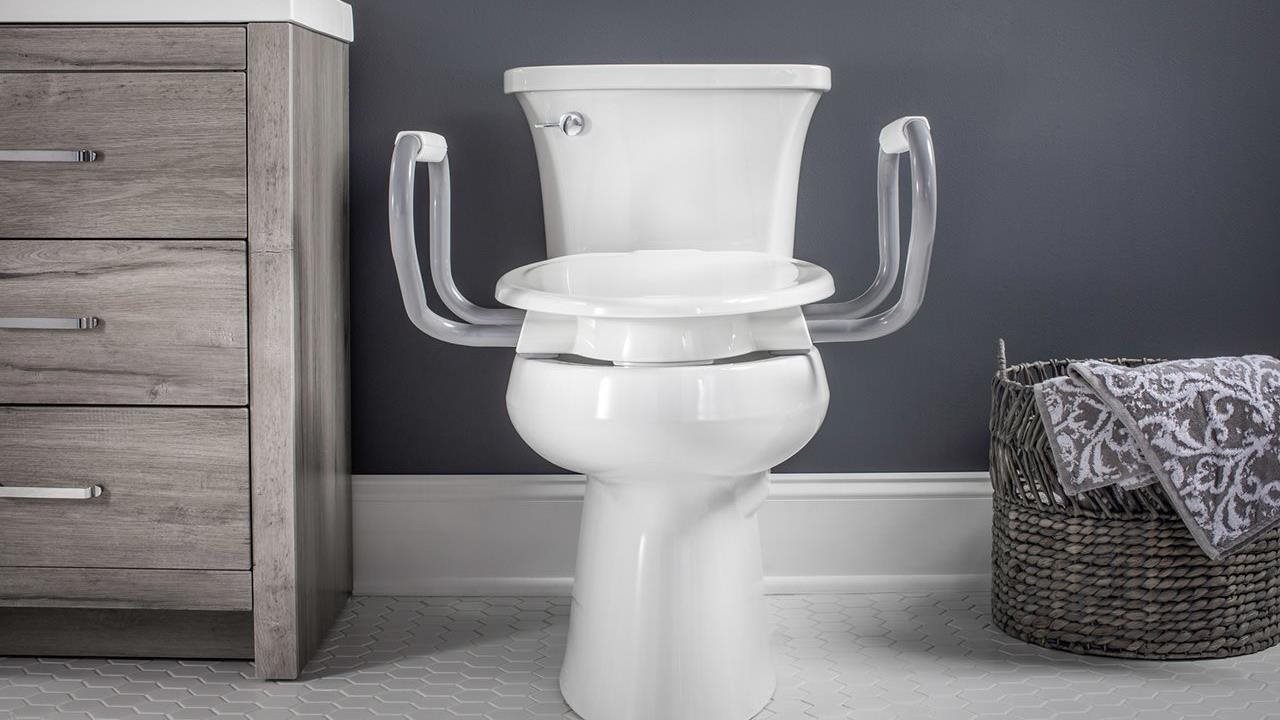2024-06-21T07:01:00
(BPT) – Thirty-eight-year-old Antwan has been living with neurofibromatosis type 1 with plexiform neurofibromas (NF1-PN) his whole life. This diagnosis led to more than 25 hospitalizations and 18 surgeries, as well as the need to have a permanent ventilator to help him breathe.
Despite having gone through all of this, Antwan refuses to let NF1-PN impact his positive outlook and wants people to understand this rare disease, noting: “Adversity does not determine your destiny.”
What is NF1-PN?
Neurofibromatosis type 1 (NF1) is a rare, incurable genetic condition that manifests in a variety of ways including abnormal pigmentation, skeletal deformities, non-malignant and malignant tumors, and neurological complications.[1] There are approximately 100,000 adults and children in the U.S. with NF1.[2],[3] Those living with NF1 have a 30-50% lifetime risk of developing NF1-associated plexiform neurofibromas, or NF1-PN, whereby tumors can grow aggressively along peripheral nerves, leading to complications such as pain, reduced mobility, and severe disfigurement.[4],[5] NF1-PN can also have a psychological impact, including isolation, low self-esteem, stigma and emotional distress, among others, substantially impacting patients’ quality of life.[6],[7],[8],[9]
Overcoming challenges
Antwan didn’t experience life-threatening complications of NF1-PN until he was in college. By that time, Antwan had been raised with a strong, independent mindset. He had withstood bullying due to changes in his appearance caused by NF1-PN, as well as his physical limitations, such as not being able to play the sports he loved.
“My mom never allowed me to use my disability as an excuse,” Antwan explained. “She was harder on me than my brothers. She was mentally preparing me to be a fighter, not a victim.”
Antwan credits this upbringing with giving him the strength to persevere, even during college, where he experienced a serious bout of pneumonia caused by internal tumors compressing his lung, as well as H1N1 and a collapsed lung all at the same time, leading to dependence on a ventilator. But even this has not stopped him as he continues to work and spend time with his friends and family.
What Antwan wants people to know
Despite a doctor predicting his life expectancy would be short, Antwan pursued his educational dreams and has worked fulfilling jobs, including running a high school truancy program and managing a family-friendly entertainment center.
He’d like everyone to know that even with lumps, bumps and scars, plus his “wheelbarrow chest” that is sometimes seen with NF1-PN when there’s limited room for organs to grow, people with visible disabilities have the same hopes, dreams and capabilities as everyone else. There are five key things Antwan wants people to know.
1. Fostering independence and self-care are key
Antwan attributes his inner strength to his independence, particularly as he transitioned to college, when he was truly in charge of his own care for the first time. Despite his complex medical condition, he learned to care for himself and aimed to live like a typical student. His desire for independence drove him to begin actively managing his NF.
“We aren’t victims,” said Antwan. “We appreciate compassion, because we have challenges, but we don’t want to be looked down upon. We want independence, just like you do.”

2. Transitional support makes a difference
Antwan realizes that many challenges he faced when beginning to manage his own care were due to a lack of guidance and preparation for managing his health care needs when he moved to college.
Because Antwan was not advised on the importance of connecting with a new doctor when relocating, he felt unprepared to manage his own care; this led to delayed treatment because he didn’t have an NF expert on his care team. He recommends that parents of kids with disabilities support this transition by identifying and connecting with a health care team in advance.

3. The changing role of caregivers
Antwan’s relationship with his caregivers, his mom and grandmother, changed as he grew older. Instead of his mother monitoring his tumor growth or tracking new symptoms, Antwan began keeping those records himself. Even though he still needs their help occasionally, they taught him to be independent. Their encouragement shaped his resilient, self-sufficient approach to life and prepared him to eventually advocate for himself and his needs.

Despite the physical and emotional difficulties posed by NF1-PN, Antwan maintains that his positive outlook has helped him meet many of his goals, such as graduating from college and earning his master’s degree. Antwan couldn’t attend his master’s graduation in person, but he was able to watch and celebrate while in the hospital.
“I’ve had 18 surgeries. I’ve been in the hospital over 25 times. But I’ve graduated with a master’s degree, and I’ve traveled,” said Antwan. “No matter what you go through in life, if you have the right attitude, you can really do anything you want.”

5. Openness and advocacy
Above all, Antwan is open about his condition. He encourages anyone to ask him questions, and he sees great value in sharing his story to help educate and inspire others. Antwan views adversities not as limitations, but challenges to overcome.
“People with NF just want to live life and be as happy as we can,” said Antwan. “We’re competent and smart, and we’re regular people, with just a few more challenges. We don’t let NF hold us back.”

To learn more about NF1-PN, visit NF1PN.com.
[1] Gutmann, D., Ferner, R., Listernick, R. et al. Neurofibromatosis type 1. Nat Rev Dis Primers 3, 17004 (2017). https://doi.org/10.1038/nrdp.2017.4
[2] Children’s Tumor Foundation. New and Improved: The way to talk about NF. Press release. May 9, 2023. Accessed February 2, 2024.
[3] Lee TJ, et al. Incidence and prevalence of neurofibromatosis type 1 and 2: a systematic review and meta-analysis. Orphanet J Rare Dis. 2023;18(1):292. Published 2023 Sep 14. doi:10.1186/s13023-023-02911-2).
[4] Prada CE, Rangwala FA, Martin LJ, et al. Pediatric plexiform neurofibromas: impact on morbidity and mortality in neurofibromatosis type 1. J Pediatr. 2012;160(3):461-467.
[5] Miller DT, et al. Health Supervision for Children With Neurofibromatosis Type 1. Pediatrics. 2019;143(5):e20190660.
[6] Foji S, Mohammadi E, Sanagoo A, Jouybari L. How do people with neurofibromatosis type 1 (the forgotten victims) live? a grounded theory study. Health Expect. 2022;25(2):659-666.
[7] Rosnau K, Hashmi SS, Northrup H, Slopis J, Noblin S, Ashfaq M. Knowledge and self-esteem of individuals with neurofibromatosis type 1 (NF1). J Genet Couns. 2017;26(3):620-627.
[8] Lai J-S, Jensen SE, Patel ZS, Listernick R, Charrow J. Using a qualitative approach to conceptualize concerns of patients with neurofibromatosis type 1 associated plexiform neurofibromas (pNF) across the lifespan. Am J Med Genet A. 2017;173(1):79-87.
[9] Fournier H, Calcagni N, Morice-Picard F, Quintard B. Psychosocial implications of rare genetic skin diseases affecting appearance on daily life experiences, emotional state, self-perception and quality of life in adults: a systematic review. Orphanet J Rare Dis. 2023;18(1):39.





















